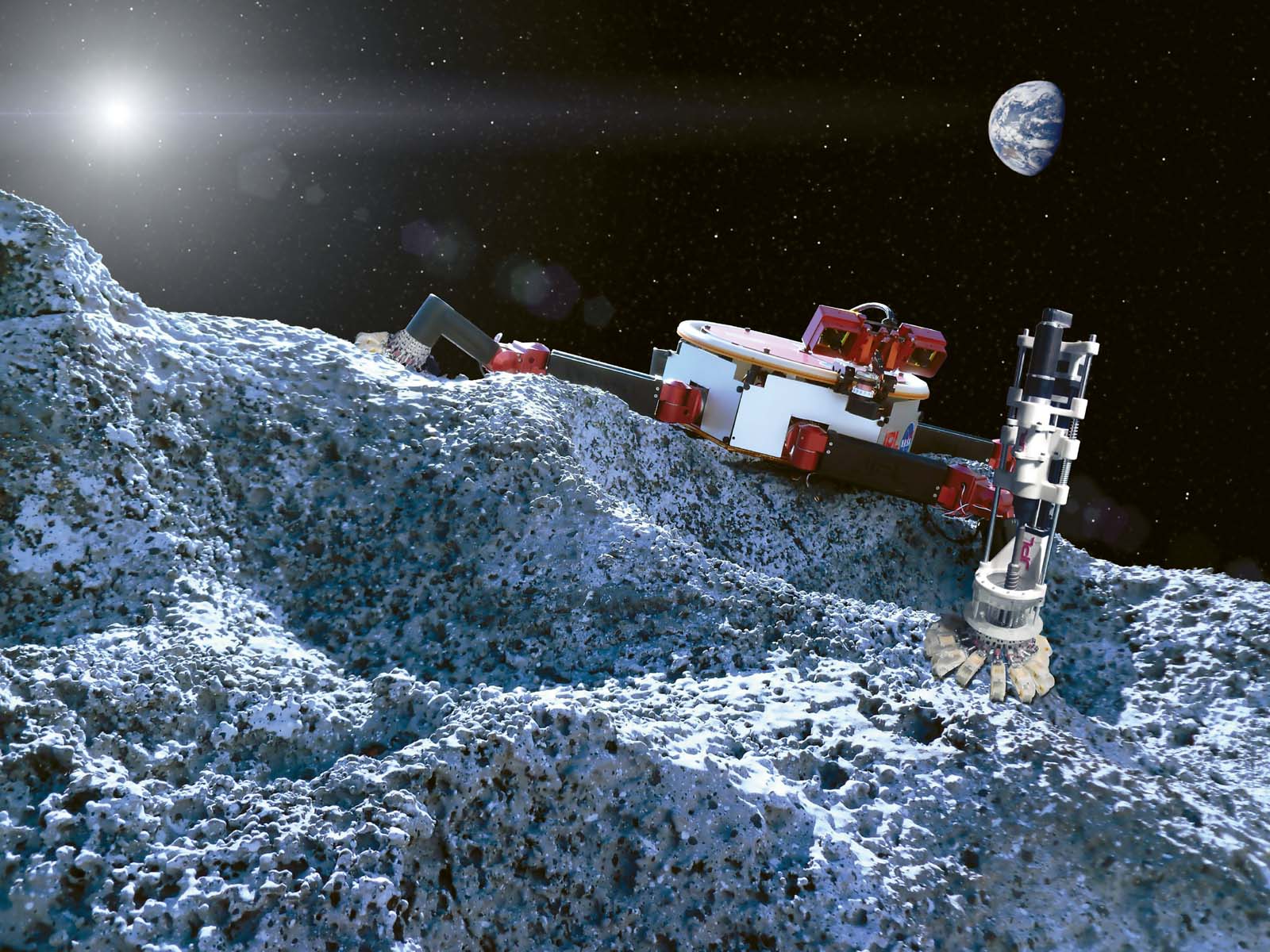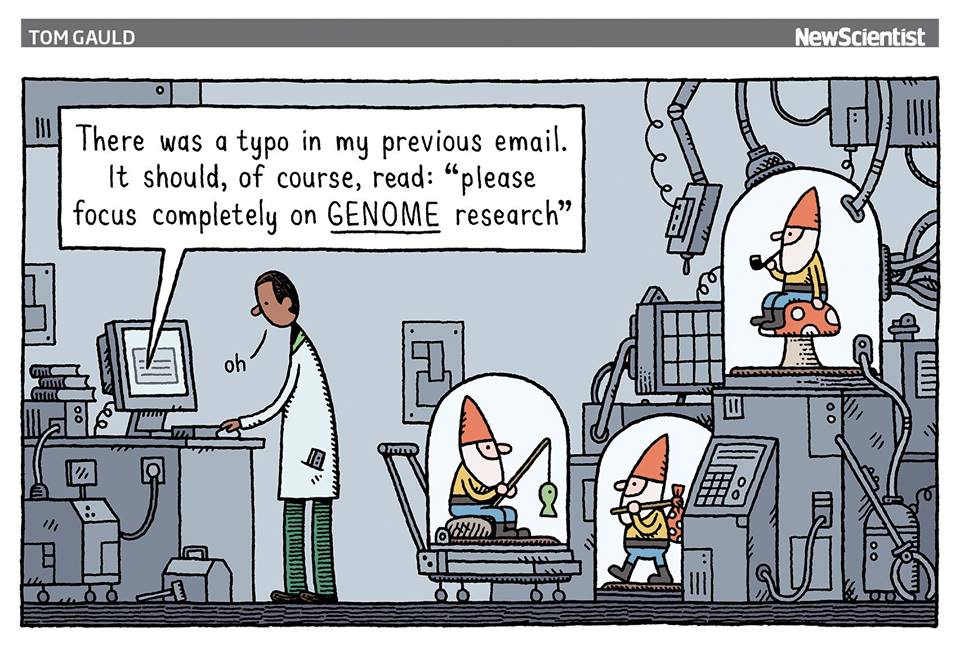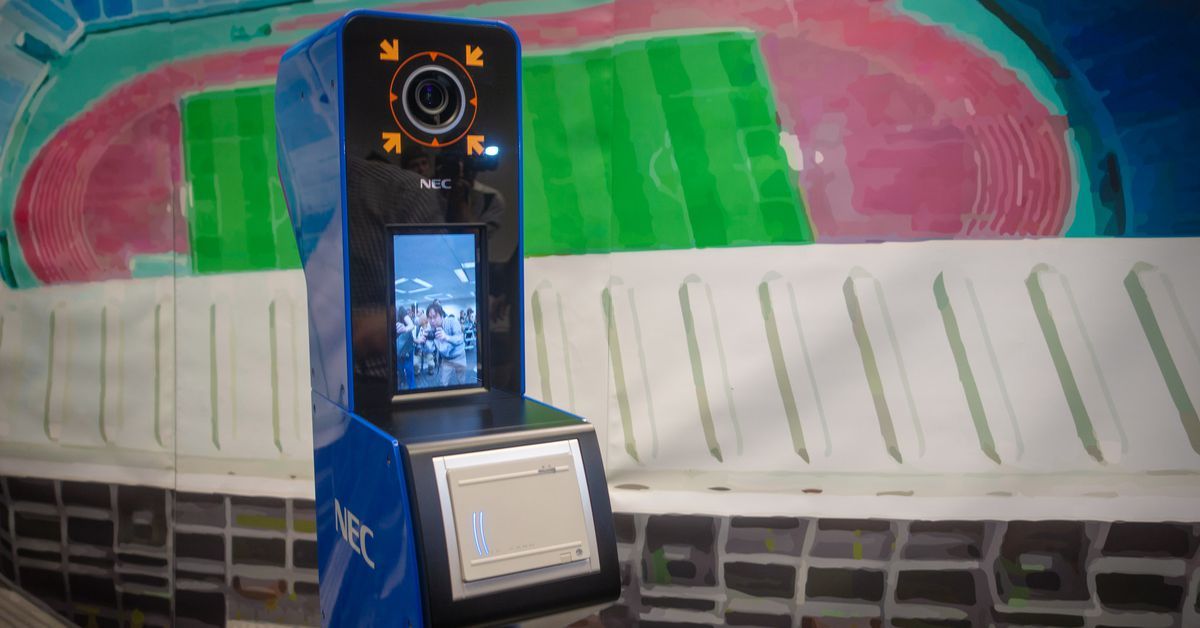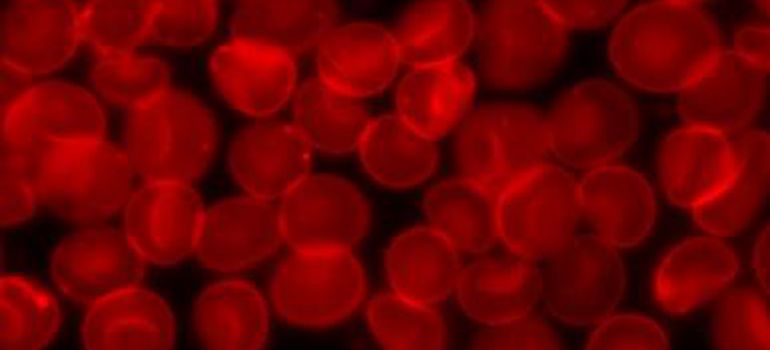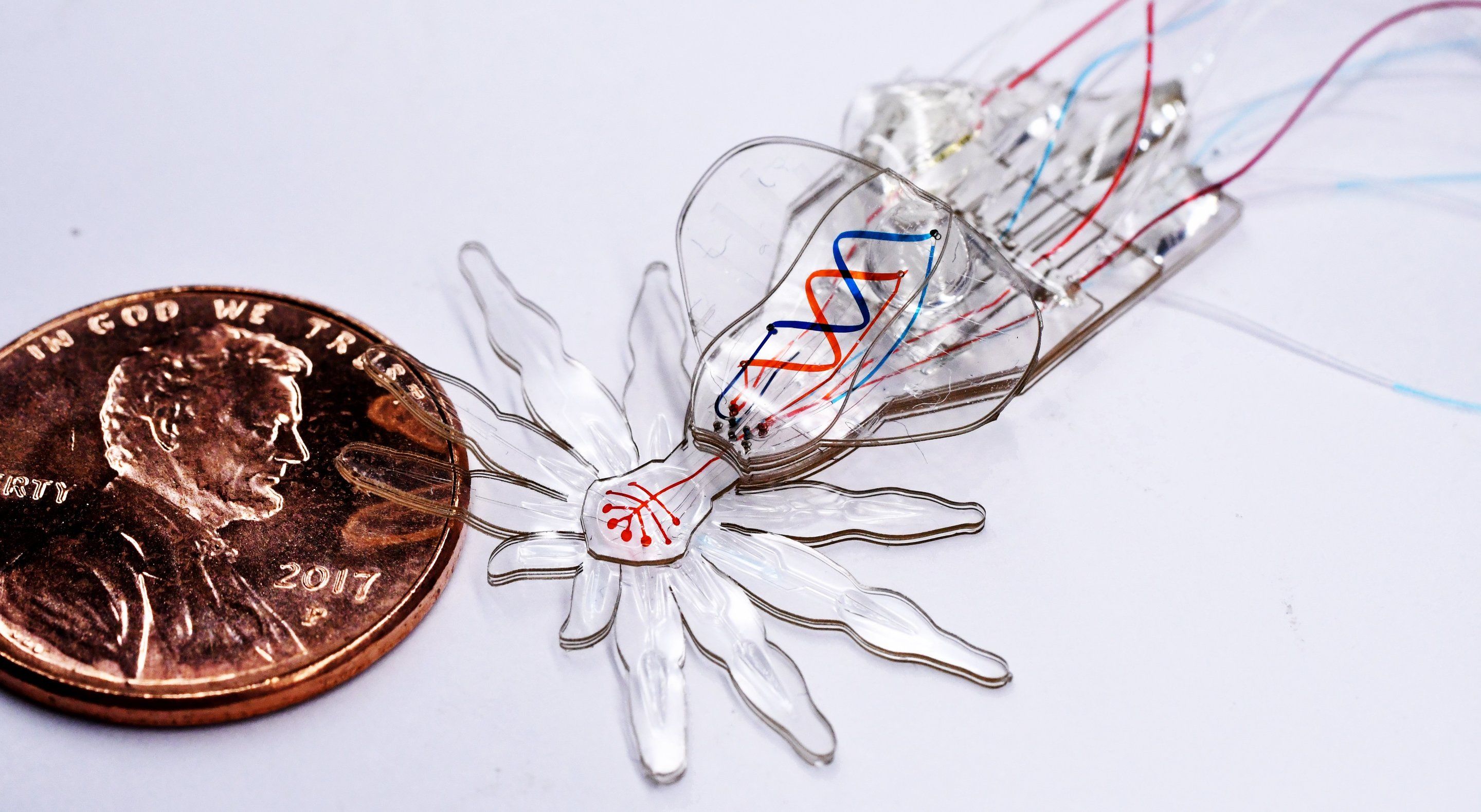Page 9527
Aug 7, 2018
SpaceX’s brand new, recyclable Falcon 9 rocket launches again
Posted by Genevieve Klien in category: satellites
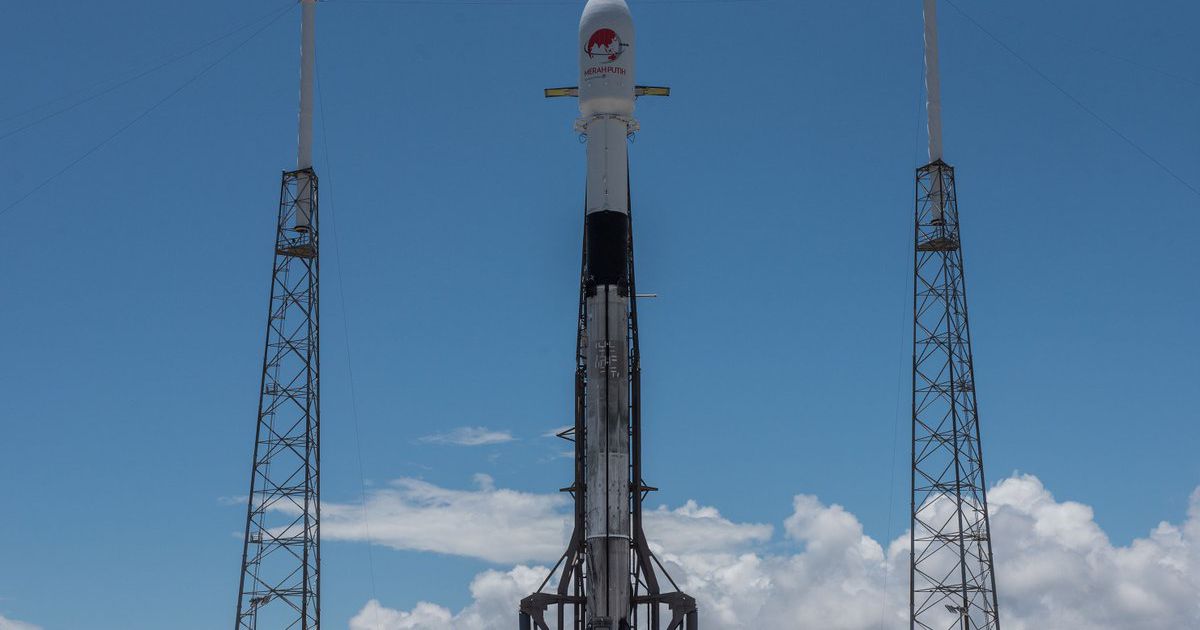
In the tiny hours of Tuesday morning, SpaceX launched an Indonesian satellite in its 15th flight this year.
It’s also the first re-flight of the company’s new, recyclable Falcon 9 Block 5 rocket, which had its first launch back in May.
Continue reading “SpaceX’s brand new, recyclable Falcon 9 rocket launches again” »
Aug 7, 2018
We may have a new weapon to fight dangerous superbugs (and we’re gonna need it)
Posted by Genevieve Klien in category: biotech/medical

New research suggests that a certain kind of ultraviolet light could help in the fight against antibiotic resistant bacteria.
Aug 7, 2018
Fastest rotor ever made may shed light on quantum physics
Posted by Genevieve Klien in category: quantum physics
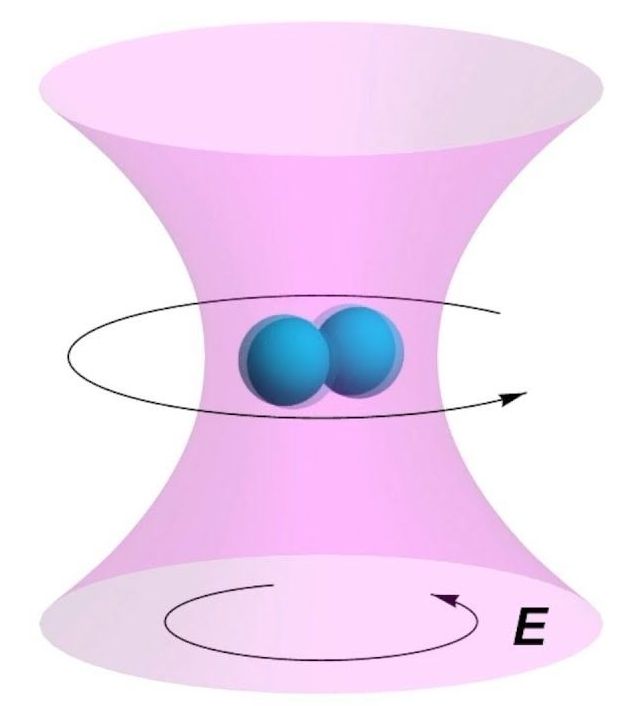
The rotor—which is actually a tiny spinning dumbbell that a laser levitates—spins at more than 60 billion rotations per minute.
Aug 7, 2018
NEC unveils facial recognition system for 2020 Tokyo Olympics
Posted by Genevieve Klien in categories: entertainment, privacy, robotics/AI, security
NEC has announced that it will be providing a large-scale facial recognition system for the 2020 Summer Olympic and Paralympic Games in Tokyo. The system will be used to identify over 300,000 people at the Games, including athletes, volunteers, media, and other staff. It’s the first time that facial recognition technology will ever be used for this purpose at an Olympic Games.
NEC’s system is built around an AI engine called NeoFace, which is part of the company’s overarching Bio-IDiom line of biometric authentication technology. The Tokyo 2020 implementation will involve linking photo data with an IC card to be carried by accredited people. NEC says that it has the world’s leading face recognition tech based on benchmark tests from the US’ National Institute of Standards and Technology.
Aug 7, 2018
SpaceX organizes inaugural conference to plan landings on Mars
Posted by Klaus Baldauf in categories: Elon Musk, government, space travel
No one can deny that SpaceX founder Elon Musk has thought a lot about how to transport humans safely to Mars with his Big Falcon Rocket. But when it comes to Musk’s highly ambitious plans to settle Mars in the coming decades, some critics say Musk hasn’t paid enough attention to what people will do once they get there.
However, SpaceX may be getting more serious about preparing for human landings on Mars, both in terms of how to keep people alive as well as to provide them with something meaningful to do. According to private invitations seen by Ars, the company will host a “Mars Workshop” on Tuesday and Wednesday this week at the University of Colorado Boulder. Although the company would not comment directly, a SpaceX official confirmed the event and said the company regularly meets with a variety of experts concerning its missions to Mars.
This appears to be the first meeting of such magnitude, however, with nearly 60 key scientists and engineers from industry, academia, and government attending the workshop, including a handful of leaders from NASA’s Mars exploration program. The invitation for the inaugural Mars meeting encourages participants to contribute to “active discussions regarding what will be needed to make such missions happen.” Attendees are being asked to not publicize the workshop or their attendance.
Continue reading “SpaceX organizes inaugural conference to plan landings on Mars” »
Aug 6, 2018
Blood serum study reveals networks of proteins that impact aging
Posted by Nicholi Avery in categories: biotech/medical, computing, life extension
A team of researchers from several institutions in Iceland and the U.S. has conducted a unique blood serum investigation and discovered multiple protein networks that are involved in the aging process. In their paper published in the journal Science, the group describes their study and what they found.
Prior research has shown that when older mice have their blood systems connected to younger mice, the older mice experience improvements in age-related organ deterioration. This finding has led scientists to suspect that aging might be caused by something in the blood. In this new effort, the researchers sought to test this idea by studying proteins in the circulatory system.
The study consisted of analyzing blood samples from 5,457 people living in Iceland, all of whom were over the age of 65 and who were participants in an ongoing study called Age, Gene/Environment Susceptibility. The volunteers had also been chosen specifically to represent a cross section of the people living in Iceland. The major part of the blood analysis involved creating a panel of DNA aptamers (short sequences that bind to proteins) that could be used to recognize proteins, both known and unknown. Blood serum from the volunteers was then compared against the panels and the results were analyzed by a computer looking for patterns.
Continue reading “Blood serum study reveals networks of proteins that impact aging” »
Aug 6, 2018
Scientists hope AI will illuminate the mystery of dark matter
Posted by Genevieve Klien in categories: cosmology, robotics/AI
Scientists are using artificial intelligence to reveal the hidden mysteries of the universe, such as whether or not dark matter actually exists.
Aug 6, 2018
Soft, multi-functional robots get really small
Posted by Saúl Morales Rodriguéz in categories: biotech/medical, engineering, robotics/AI
Roboticists are envisioning a future in which soft, animal-inspired robots can be safely deployed in difficult-to-access environments, such as inside the human body or in spaces that are too dangerous for humans to work, in which rigid robots cannot currently be used. Centimeter-sized soft robots have been created, but thus far it has not been possible to fabricate multifunctional flexible robots that can move and operate at smaller size scales.
A team of researchers at Harvard’s Wyss Institute for Biologically Inspired Engineering, Harvard John A. Paulson School of Engineering and Applied Sciences (SEAS), and Boston University now has overcome this challenge by developing an integrated fabrication process that enables the design of soft robots on the millimeter scale with micrometer-scale features. To demonstrate the capabilities of their new technology, they created a robotic soft spider – inspired by the millimeter-sized colorful Australian peacock spider – from a single elastic material with body-shaping, motion, and color features. The study is published in Advanced Materials.
“The smallest soft robotic systems still tend to be very simple, with usually only one degree of freedom, which means that they can only actuate one particular change in shape or type of movement,” said Sheila Russo, Ph.D., co-author of the study. Russo helped initiate the project as a Postdoctoral Fellow in Robert Wood’s group at the Wyss Institute and SEAS and now is Assistant Professor at Boston University. “By developing a new hybrid technology that merges three different fabrication techniques, we created a soft robotic spider made only of silicone rubber with 18 degrees of freedom, encompassing changes in structure, motion, and color, and with tiny features in the micrometer range.”
Continue reading “Soft, multi-functional robots get really small” »
